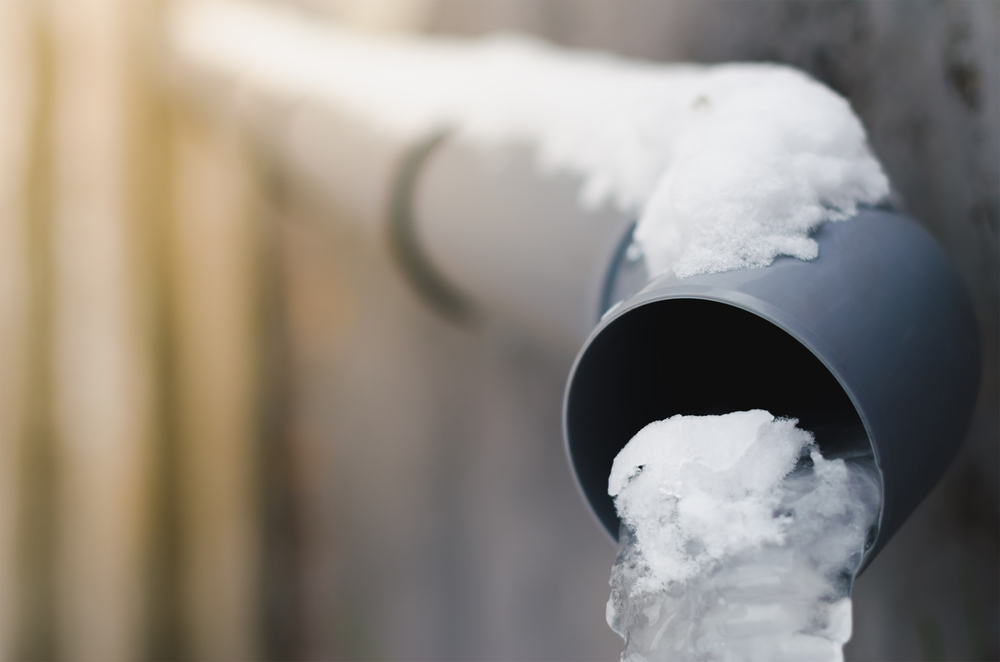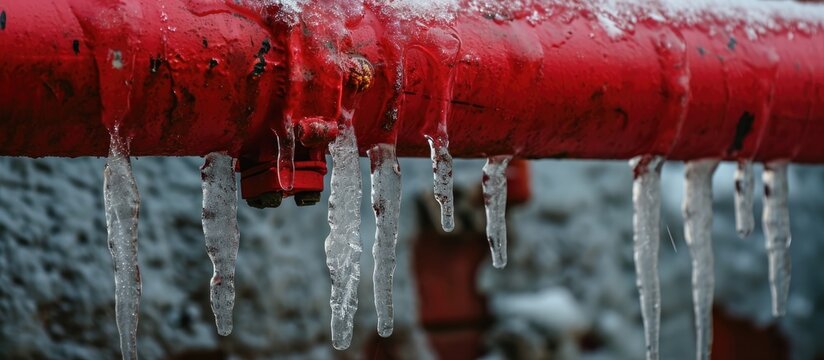Preventing Frozen Pipes: Top Tips for Cold Weather
Preventing Frozen Pipes: Top Tips for Cold Weather
Blog Article
The content which follows on the subject of How to Prevent Your Pipes From Freezing is truly enjoyable. Try it and draw your own results.

Winter can ruin your pipes, especially by freezing pipes. Here's just how to prevent it from occurring and what to do if it does.
Intro
As temperatures decrease, the threat of icy pipelines increases, possibly causing expensive repair work and water damage. Recognizing how to stop icy pipelines is vital for house owners in chilly climates.
Avoidance Tips
Shielding at risk pipelines
Wrap pipelines in insulation sleeves or utilize warm tape to safeguard them from freezing temperatures. Concentrate on pipelines in unheated or outside locations of the home.
Home heating techniques
Maintain interior rooms adequately warmed, especially locations with pipes. Open up cupboard doors to permit cozy air to flow around pipelines under sinks.
Just how to recognize frozen pipes
Search for lowered water flow from taps, unusual odors or sounds from pipes, and visible frost on exposed pipelines.
Long-Term Solutions
Architectural changes
Consider rerouting pipelines away from exterior wall surfaces or unheated areas. Add added insulation to attic rooms, cellars, and crawl spaces.
Upgrading insulation
Invest in top notch insulation for pipes, attics, and wall surfaces. Correct insulation assists maintain consistent temperature levels and reduces the threat of icy pipelines.
Securing Exterior Pipes
Yard pipes and outside faucets
Disconnect and drain pipes garden pipes before winter months. Set up frost-proof spigots or cover outside faucets with insulated caps.
Recognizing Frozen Pipelines
What triggers pipes to freeze?
Pipes freeze when exposed to temperatures listed below 32 ° F (0 ° C) for extended durations. As water inside the pipes freezes, it increases, taxing the pipe walls and potentially causing them to burst.
Risks and damages
Icy pipelines can cause water supply disturbances, residential property damages, and costly repair work. Burst pipelines can flood homes and create comprehensive structural damage.
Signs of Frozen Pipeline
Determining frozen pipes early can avoid them from breaking.
What to Do If Your Pipes Freeze
Immediate actions to take
If you believe frozen pipes, keep faucets open to relieve pressure as the ice melts. Use a hairdryer or towels soaked in hot water to thaw pipes gradually.
Final thought
Stopping icy pipes calls for positive steps and fast reactions. By comprehending the reasons, signs, and preventive measures, house owners can protect their pipes throughout cold weather.
Helpful Tips to Prevent Frozen Pipes this Winter
UNDERSTANDING THE BASICS: WHY PIPES FREEZE AND WHY IT’S A PROBLEM
Water freezing inside pipes is common during the winter months, but understanding why pipes freeze, and the potential problems it can cause is crucial in preventing such incidents. This section will delve into the basics of why pipes freeze and the associated problems that may arise.
THE SCIENCE BEHIND FROZEN PIPES
When water reaches freezing temperatures, it undergoes a physical transformation and solidifies into ice. This expansion of water as it freezes is the primary reason pipes can burst. As the water inside the pipe freezes, it expands, creating immense pressure on the walls. If the pressure becomes too great, the pipe can crack or rupture, leading to leaks and water damage.
FACTORS THAT CONTRIBUTE TO PIPE FREEZING
Low Temperatures: Extremely cold weather, especially below freezing, increases the risk of pipes freezing. Uninsulated or Poorly Insulated Pipes: Pipes located in unheated areas, such as basements, crawl spaces, or attics, are more prone to freezing. Insufficient insulation or lack of insulation altogether exacerbates the problem. Exterior Wall Exposure: Pipes running along exterior walls are susceptible to freezing as they encounter colder temperatures outside. Lack of Heating or Temperature Regulation: Inadequate heating or inconsistent temperature control in your home can contribute to frozen pipes. PROBLEMS CAUSED BY FROZEN PIPES
- Pipe Bursting: As mentioned earlier, the expansion of water as it freezes can cause pipes to burst, resulting in significant water damage.
- Water Damage: When pipes burst, it can lead to flooding and water damage to your property, including walls, ceilings, flooring, and personal belongings.
- Structural Damage: Prolonged exposure to water from burst pipes can compromise the structural integrity of your home, leading to costly repairs.
- Mold and Mildew Growth: Excess moisture from water damage can create a favorable environment for mold and mildew growth, posing health risks to occupants.
- Disrupted Water Supply: Frozen pipes can also result in a complete or partial loss of water supply until the issue is resolved.
WHY CERTAIN PIPES ARE MORE PRONE TO FREEZING
- Location: Pipes located in unheated or poorly insulated areas, such as basements, crawl spaces, attics, or exterior walls, are at higher risk of freezing.
- Exterior Pipes: Outdoor pipes, such as those used for irrigation or exposed plumbing, are particularly vulnerable to freezing as they are directly exposed to the elements.
- Supply Lines: Pipes that carry water from the main water supply into your home, including the main water line, are critical to protect as freezing in these lines can affect your entire plumbing system.
- Underground Pipes: Pipes buried underground, such as those connected to sprinkler systems or outdoor faucets, can be susceptible to freezing if not properly insulated.
https://busybusy.com/blog/helpful-tips-to-prevent-frozen-pipes-this-winter/

We had been shown that article about Prevent Frozen Pipes through an associate on a different domain. Sharing is good. Helping others is fun. Thanks so much for going through it.
Schedule An Appointment Report this page